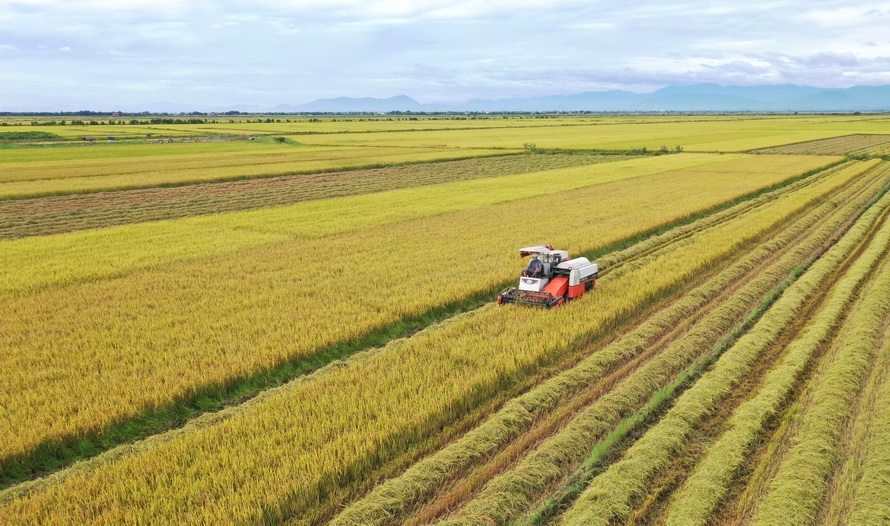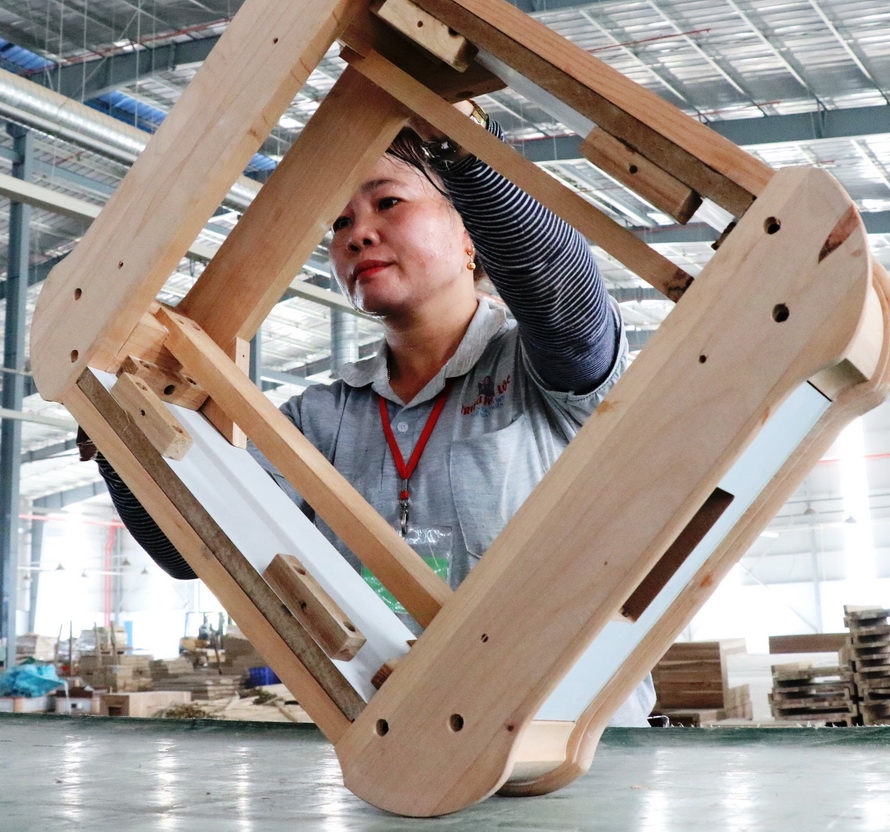Since the beginning of this year, the global economy has faced many challenges for decades due to the outbreak of COVID-19. As an intensively and extensively integrated and open economy, Vietnam has many industries and sectors hard hit by the pandemic. The Party, State and Government have asked concerned authorities and sectors to take comprehensive measures to fulfill the “dual target” of battling the epidemic while recovering and developing the economy.
To fulfill the goals, targets and tasks of 2020 and create a favorable premise for 2021 and the future, the Prime Minister has requested functional agencies to focus on boosting production and business, domestic consumption, export, and disbursement of public investment funds to quickly recover and develop the economy towards the new normal.
According to Minister of Industry and Trade, Tran Tuan Anh, Vietnam has basically contained the pandemic given the country’s economic situation. Domestic businesses, and foreign partners and investors have increasingly shown confidence in Vietnam. Notably, the domestic sector’s export value could retain a two-digit growth, up 10.4% from the same period last year.

Ba Na Hills reopens to welcome visitors, nearly two months after the city imposed social distancing measures
to prevent the spread of COVID-19. Photo: VNA

One hundred tons of passion fruit was exported to the EU after EVFTA took effect on August 1.
In the photo: Processing passion fruit for export at Dong Giao Foodstuff Export Joint Stock Company. Photo: Hong Diep / VNA

Harvesting rice in Hai Lang district, Quang Tri province. Photo: VNA

By August 2020, the wood export revenue of Binh Duong province is estimated at about
1.7 billion US dollars, up 0.6% year-on-year. In the photo: Packaging wooden products for export
at the Trieu Phu Loc furniture company in Binh Duong province. Photo: Chi Tuong / VNA
|
Statistics from the General Department of Customs showed that after five months, the trade surplus hit 3.54 billion US dollars contributing to macroeconomic stability.
The Ministry of Industry and Trade’s implementation of its action plan has also helped recover production and exports. The plan focuses on three groups of core issues to address pressing problems while boosting the restructuring to create a momentum for sustainable growth in the future. Under this plan, the industry and trade sector has concentrated on strengthening and reorganizing supply chains for industrial production toward sustainability and flexibility in major processing and manufacturing industries like garment and textile, leather footwear, electronics and wood products. To attain sustainability, the plan targets partners from Japan, South Korea, India and others to avoid dependence on one or some partners or markets.
According to Asian Development Bank (ADB) Country Director for Vietnam, Andrew Jeffries, lower domestic consumption and weak global demand caused by COVID-19 have hurt Vietnam’s economy more than expected. Economic growth will be resilient in 2020, in large part due to the government’s success in controlling the spread of COVID-19.
Economic growth will be supported by the country’s macroeconomic stability, increased public spending, and ongoing reforms to improve the business environment.
The Asian Development Outlook (ADO) 2020 Update, a leading annual economic publication of ADB, says Vietnam’s economic outlook over the medium and long term remains positive. The country’s participation in a large number of bilateral and multilateral trade agreements will help the country’s economic rebound. The country is also expected to benefit from the current movement of supply chains to countries with lower costs.
|
Vietnam’s economy is expected to grow 1.8% in 2020 amid the COVID-19 pandemic and bounce back to 6.3% in 2021, according to the ADO 2020 Update released by the Asian Development Bank (ADB) on September 15. |
Story: Phong Thu
Photos: VNA
Translated by Minh Hop